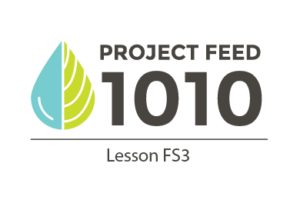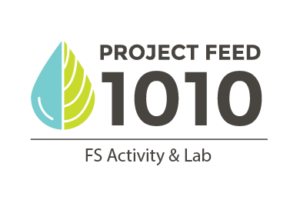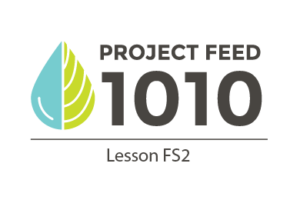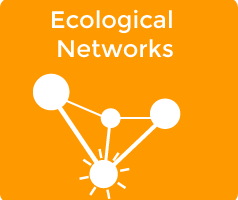Students will continue to explore the idea that when nodes are interacting in a system, modifying one node can have far reaching consequences for the entire system. In this lesson, students will focus on the stakeholders introduced in Lesson FS3, by analyzing an article and evaluating the impact that possible solutions to global food insecurity will have on stakeholders.
The goal of this lesson is to encourage students to look at the topic of food security using a systems approach, and to evaluate the stability of our global food production by assessing the interactions within the system. Students will review the definition of a system and discuss how approaching a problem or issue by modeling it as a system can lead to both improved understanding and more effective problem-solving.
Stakeholders are a vital part of the food security system. It is important for students to realize that to solve the global issue of food insecurity, all of the stakeholders’ voices must be represented. In a system, there are often trade-offs to being able to make something work. They will have an impact on the system and other stakeholders, based on the choices they make and the resources they use.
Using mathematics and computational analysis, students design aquaponic systems to be part of the solution to food insecurity in a developing country. In this NGSS STEM activity and optional lab, students can either use real data collected from an aquaponic system at Institute for Systems Biology (ISB) or data from their own aquaponic system to calculate water efficiency and the effects of scaling up a system.
A variety of agricultural production systems are used to produce food around the world. Some systems rely on the continuous addition of resources, while others use resources more efficiently. In this lesson, students evaluate various food production techniques in terms of their environmental sustainability and potential for producing enough food to feed a growing world population.
Food security is a foreign concept to many Americans. Most believe that chronic hunger and malnutrition happens only to people in developing nations or to the homeless. In reality, 1 in 6 people in America go hungry every day and are not food secure. Throughout the lesson, students will develop and refine their understanding of food security and they are able to compare different countries and analyze what food security issues they have based on the three pillars using global statistics.
DNA is underlying information storage and hereditary unit of life on Earth. Conceptualize genetic diversity & its relationship to DNA, RNA & proteinsExamine genetic and species diversityRecognize gene variability through allelesDefine heterozygous, homozygous & epigenetics and their influence on genotype & phenotypePredict inherited genotypes and phenotypes with virus models Epigenetics Listening homework: http://www.radiolab.org/story/251885-you-are-what-your-grandpa-eats/ Virus models […]
The development of network concepts for students begins with a highly interactive inquiry into cell phone networks. Cell phones serve as a handy knowledge base on which to develop understanding. Each cell phone represents a node, and each phone’s address book represents an edge, or the calling relationships between cell phones.






